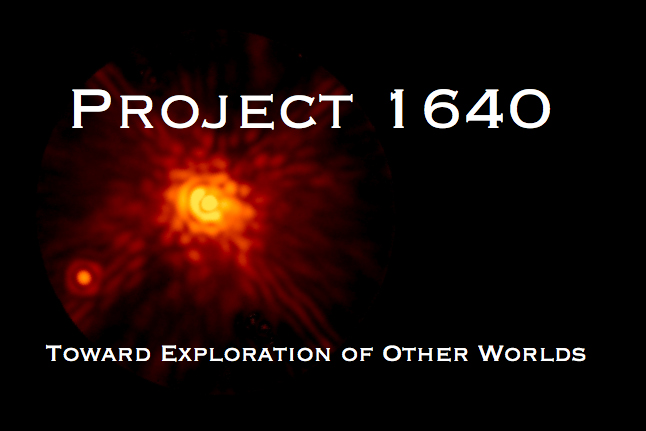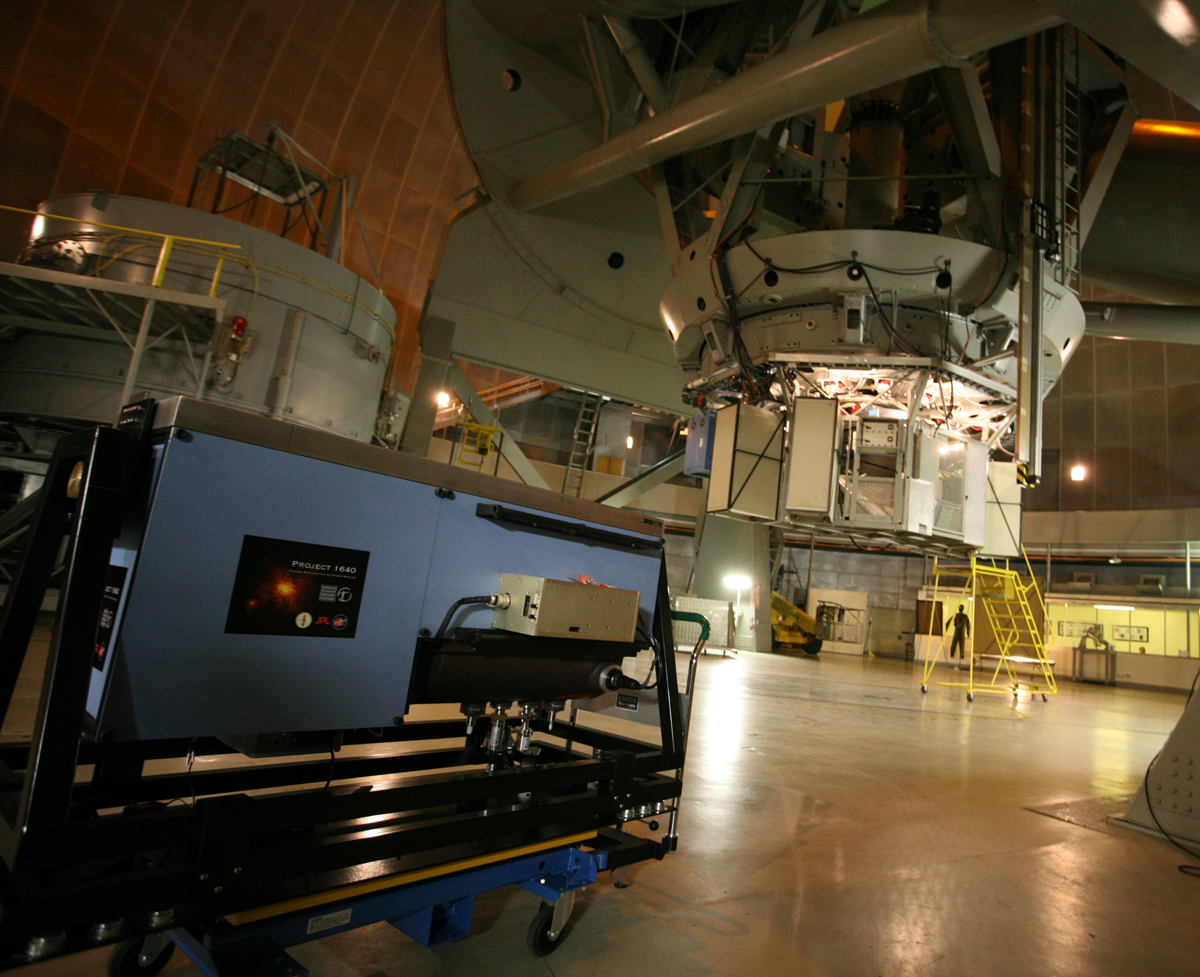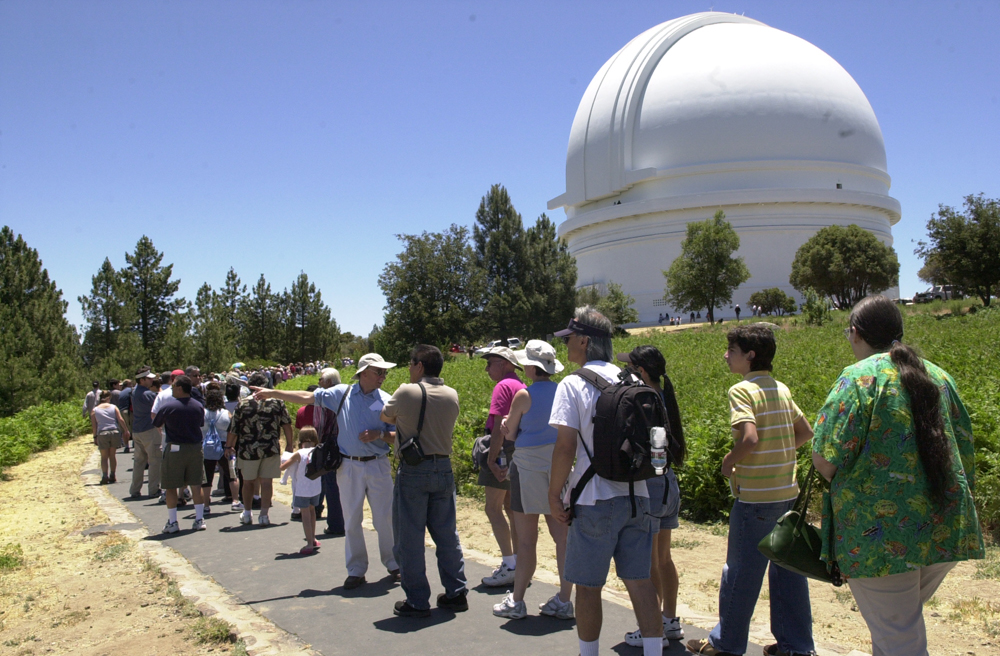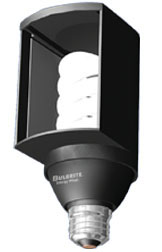 100 years ago today a small asteroid or comet fragmented and exploded in the atmosphere above Siberia. Everything directly below the explosion was incinerated while trees were flattened for hundreds of square miles around the event.
100 years ago today a small asteroid or comet fragmented and exploded in the atmosphere above Siberia. Everything directly below the explosion was incinerated while trees were flattened for hundreds of square miles around the event.This account is from the June 2008 issue of Scientific American:
More information is at the link above and here from JPL.
June 30, 1908, 7:14 a.m., central Siberia—Semen Semenov, a local farmer, saw “the sky split in two. Fire appeared high and wide over the forest.... From ... where the fire was, came strong heat.... Then the sky shut closed, and a strong thump sounded, and I was thrown a few yards.... After that such noise came, as if . . . cannons were firing, the earth shook ...”
An explosion like the one that occurred at Tunguska would be a disaster beyond all measure if it happened today over a large population center. Astronomers using telescopes at Palomar and elsewhere are working to discover new asteroids and uncover any threats that might be out there. Luckily there is no known asteroid headed for certain impact with Earth.








